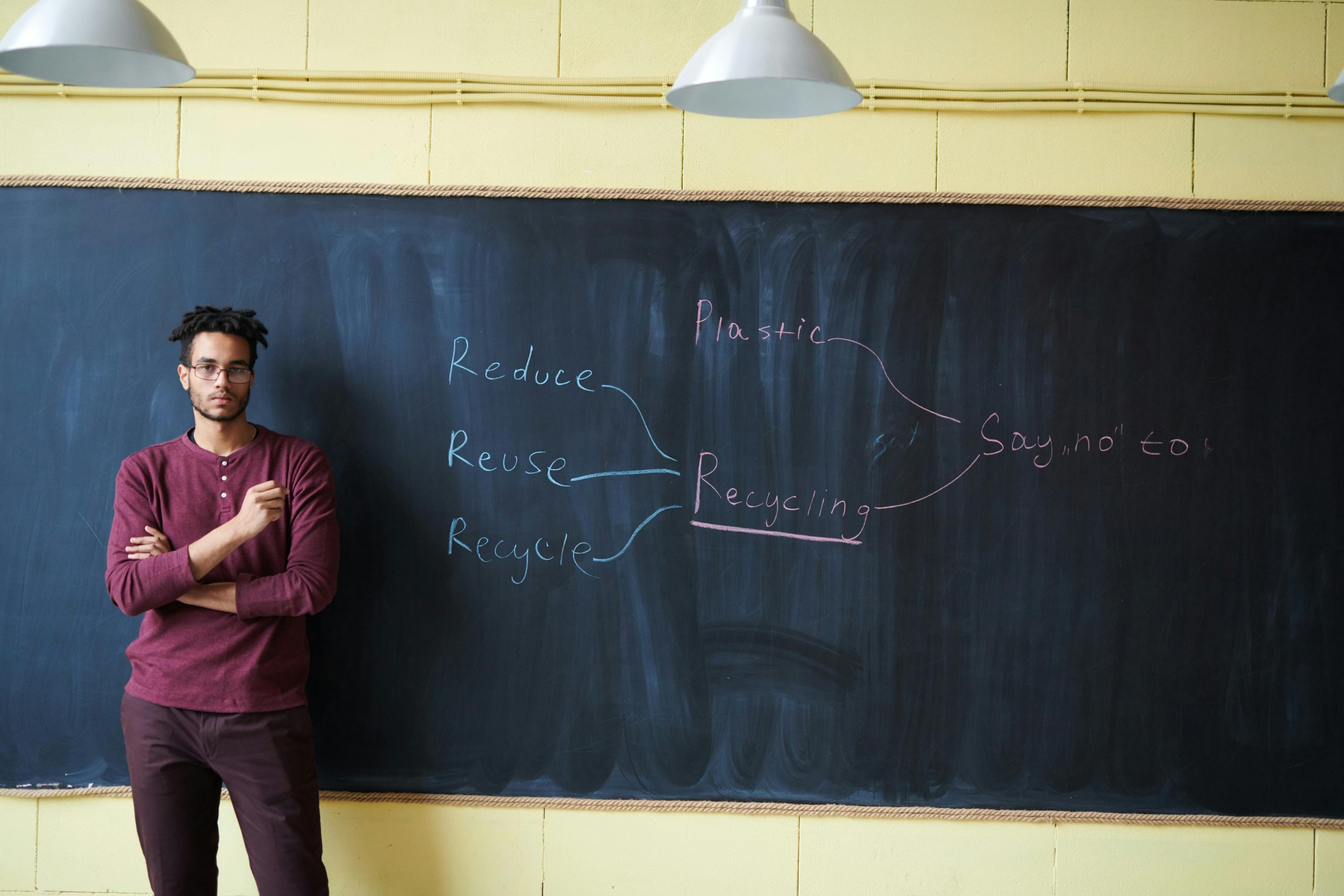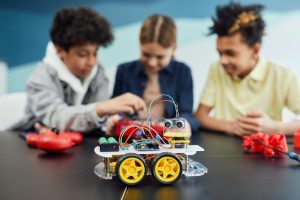How Personalized Learning Paths Enhance Educational Outcomes
When it comes to education, one size does not fit all. Each student has their own unique learning style, strengths, and weaknesses. Yet, traditional education systems often follow a one-size-fits-all approach, leaving many students struggling to keep up with the pace. This is where personalized learning paths come in. By tailoring the learning experience to an individual’s specific needs and abilities, personalized learning paths can enhance educational outcomes in ways that traditional teaching methods cannot. In this article, we will explore the concept of personalized learning paths and how they can revolutionize the education system.
What are Personalized Learning Paths?
Personalized learning paths are educational frameworks that adapt to the learning needs and styles of individual students. They take into account factors such as students’ interests, strengths, weaknesses, and abilities, to create a customized learning experience. This approach is in stark contrast to traditional education methods, which follow a standardized curriculum and pace for all students.
The idea behind personalized learning paths is to provide students with a tailored learning experience that meets their specific needs. This can involve using a combination of different instructional techniques, such as lectures, group activities, and hands-on projects, based on what works best for each student.
How do Personalized Learning Paths Enhance Educational Outcomes?
1. Increased Student Engagement
One of the key benefits of personalized learning paths is that they increase student engagement. When students are actively involved in their learning process, they become more motivated and interested in the subject matter. By customizing the learning experience to their needs and interests, personalized learning paths keep students engaged and excited about learning.
2. Improved Retention of Information
Personalized learning paths also improve students’ retention of information. By tailoring the learning experience to a student’s individual learning style, they are more likely to remember and understand the material. For example, visual learners may benefit from instructional videos, while hands-on learners may thrive in project-based learning activities.
3. Adaptability for Different Learning Paces
One of the biggest advantages of personalized learning paths is that they allow for flexibility in the pace of learning. Traditional education systems often force students to keep up with a set pace, regardless of whether they are ready for the next lesson or struggling to understand the current one. With personalized learning paths, students can move through the material at their own pace, ensuring they have a solid understanding before moving on.
4. Individualized Feedback and Assessment
Another aspect of personalized learning paths that enhances educational outcomes is the individualized feedback and assessment. Instead of a one-time exam or final project, personalized learning paths involve continuous assessment and feedback. This allows educators to monitor students’ progress closely and provide tailored support as needed.
5. Empowered and Independent Learners
Personalized learning paths also empower students to become independent learners. By customizing the learning experience to their needs, students become more aware of their learning style and what works best for them. This not only helps them in their academic journey but also prepares them for lifelong learning.
Implementing Personalized Learning Paths
While personalized learning paths have numerous benefits, implementing them requires a significant shift in the education system. Educators need to adopt a student-centric approach and be willing to adapt their teaching methods to meet individual needs. This may involve using technology, providing regular feedback, and creating a flexible learning environment.
In addition to educators, parents and guardians also play a crucial role in supporting personalized learning paths. They should be involved in the process and communicate regularly with educators to ensure their child’s learning needs are being met.
The Future of Education
Personalized learning paths have the potential to revolutionize the education system. By tailoring the learning experience to individual students, they not only enhance educational outcomes but also create a more inclusive and engaging learning environment. With technology and the growing focus on individualized education, it is only a matter of time before personalized learning paths become the norm in education.
Conclusion
In conclusion, personalized learning paths are a game-changer for education. By adapting to the needs and learning styles of individual students, they improve engagement, retention, flexibility, and empowerment. While implementing them may require a significant shift in the education system, the benefits they offer are undeniable. It is time for the education system to embrace personalized learning paths and create a brighter future for students.











